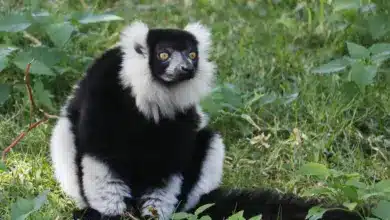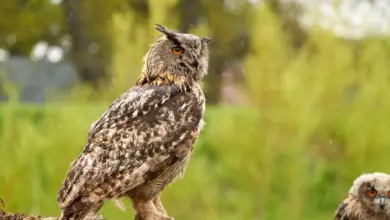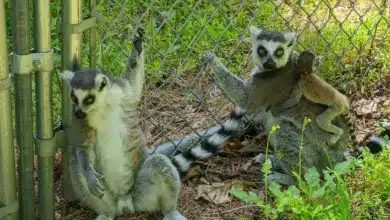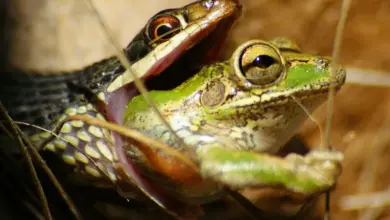What are Nocturnal Predators?
What are Nocturnal Predators?
Nature is full of a variety of creatures, each of which has adapted perfectly to its environment. There are many fascinating creatures among this vast range – nocturnal prey. These animals are mostly active at night and have developed extraordinary adaptations to help them hunt, survive, or even dominate their ecosystems in the dark.
This comprehensive article will explore the fascinating world of nocturnal prey, their composition, the differentiating features they have, and the vital role they play in nature’s fragile harmony.
Let’s discover the fascinating stories behind night hunters, from birds that silently hover above us to those who move on the forest floor with deadly caution.
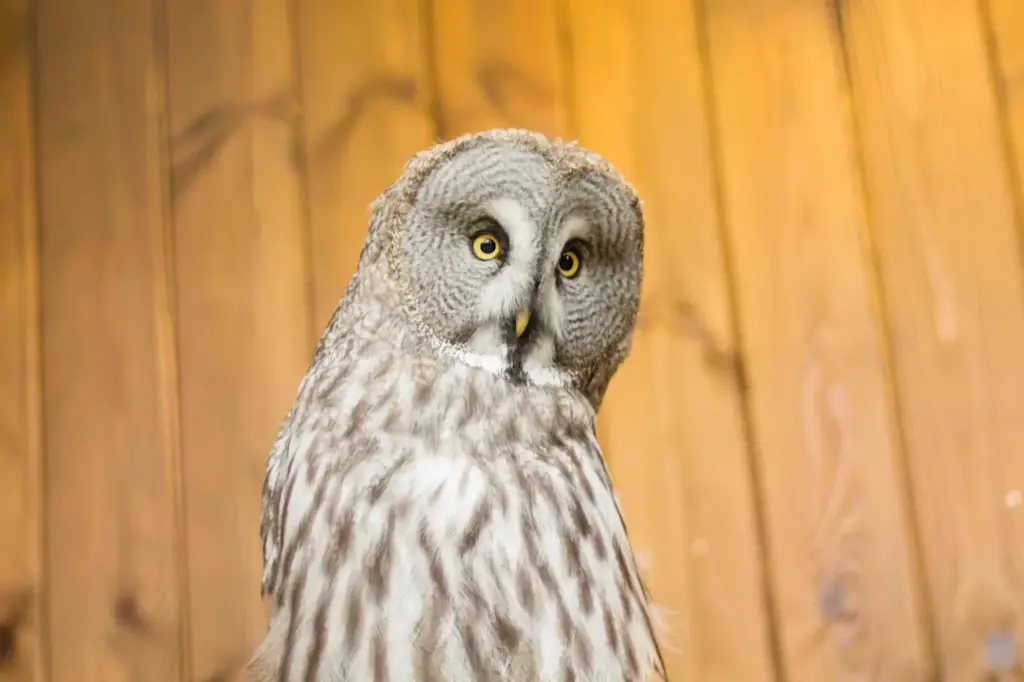
The Most Common Nocturnal predators
We will now examine specific examples of these interesting organisms, and see how they have evolved to survive in dark conditions.
Coyotes and Foxes
Canine predators such as coyotes or foxes are more active at night. Animals that are adaptable and cunning have developed several strategies to survive at night as hunters.
Coyotes are known for their adaptable and opportunistic hunting behaviour. Coyotes are adept at locating and chasing a variety of prey, including rats, birds and even larger animals like deer. They have good hearing and vision even in low light conditions. This gives them the upper hand while hunting at night.
Foxes, on the other hand, are less susceptible to it because they specialize in hunting specific species such as small mammals, birds and insects that are affected by darkness. The fox is not only slender, but it also moves gracefully and can navigate through dense bushy areas, striking its prey with accuracy, even in darkness.
Coyotes, like foxes, have a variety of adaptations. They can hunt their prey silently without being noticed. They also blend in with their surroundings to survive as nocturnal hunters.
Big Cats
Although not all big cats are nocturnal animals, some, such as lions and tigers or leopards and jaguars have been observed to be very active during the night hours. These carnivores are adapted to hunt at night.
Due to their large, reflective eyes located behind their retinas and their ability to see in low-light conditions due their large eyes. The big cats also use padded paws to approach prey silently and camouflage specialized patterns that allow them to blend into the shadows.
The hunting habits of big cats vary from species to species. Some, like lions prefer hunting in groups, while others, such as leopards prefer stalking prey on their own. Apex predators play a crucial role in the balance of ecosystems during daylight and nighttime hours, regardless of their hunting style
Owls
The owl is one of the most well-known nocturnal predators. The adaptations of these birds of prey to night hunting are remarkable. They have big eyes that face forward and special flight feathers that create a near-silent movement. This gives them an edge in capturing and finding prey.
Owls have excellent hearing that allows them to detect their prey in complete darkness. Owls can triangulate bioacoustic signals with their asymmetrical ears, allowing them to detect even the slightest movement of insects or rodents. These features, when combined with their sharpened talons or hooked beaks make them successful predators.
The ability of owls to swallow whole their prey, including hair and bones, is a remarkable adaptation. The owls regurgitate any parts of their prey that are not digestible into pellets. This can give researchers valuable information about what they eat, and how they hunt.
Snakes
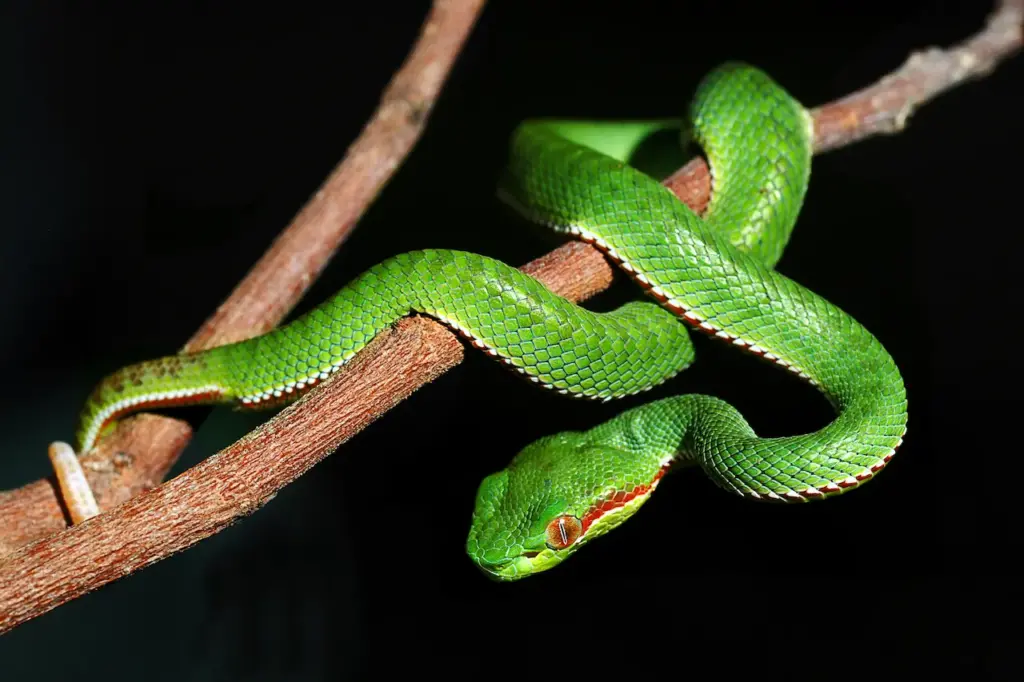
Snakes are another group of predators that thrives in darkness. They have remarkable adaptations to their lives. Some snake species, such as pit vipers, and some boas have heat-sensing holes that allow them to detect the heat of their warm-blooded victims even in complete darkness.
Snakes are dangerous hunters at night because of these features. They can move silently and strike with impressive speed. Some snakes, like the black mamba, have gained fame for their lethal venom, which can paralyze and consume prey.
Snakes’ predators can include birds of prey and other animals. Many are active during the day, so they tend to prefer nocturnal hunting. They are also successful night hunters because they can blend in with their environment.
Bats
Bats are another iconic group of predators that hunt at night. Bats are famous for their echolocation and unique ability to fly. Bats are also the only mammals that can fly, which makes them vital in pollination and seed dispersal as well as insect control.
The bat’s sound detection system is capable of detecting even the slightest movements, even when there is no light present. The navigation system of the bat can create a mental map by using high-pitched sinus waves and interpreting echoes, which allows it to move easily within its environment during hunting missions.
Many species eat insects such as mosquitoes and flies, particularly at night, when they are in great numbers. Other species will focus on smaller animals, such as frogs or fish.
The Ecological Importance Of Nocturnal Animals
In terms of ecology, predators that hunt at night are crucial in maintaining ecosystem health and controlling populations. Find out the ecological significance of these nocturnal predators.
Population Control
Apex predators are at the highest trophic level, and nocturnal prey helps to shape population dynamics. By preying on insects, smaller mammals, birds and birds, they maintain an ecosystem in balance and prevent overpopulation.
This function of population control is especially important for species that can become overabundant without natural predators. Coyotes and owls, for example, can control rodent populations so that they do not become agricultural pests or cause other ecological imbalances.
Ecosystem Regulation
Nocturnal predators regulate and stabilize our environment. They eat a wide variety of prey to avoid any species dominating the ecosystem.
In addition, nocturnal predators have a wide-ranging impact on ecosystems. Bats can control insect populations by hunting them, and this could have a positive impact on agriculture and forest health. Predation by nocturnal predators of small mammals and birds may also have an impact on seed dispersal as well as flower pollination, thereby enhancing ecological balance.
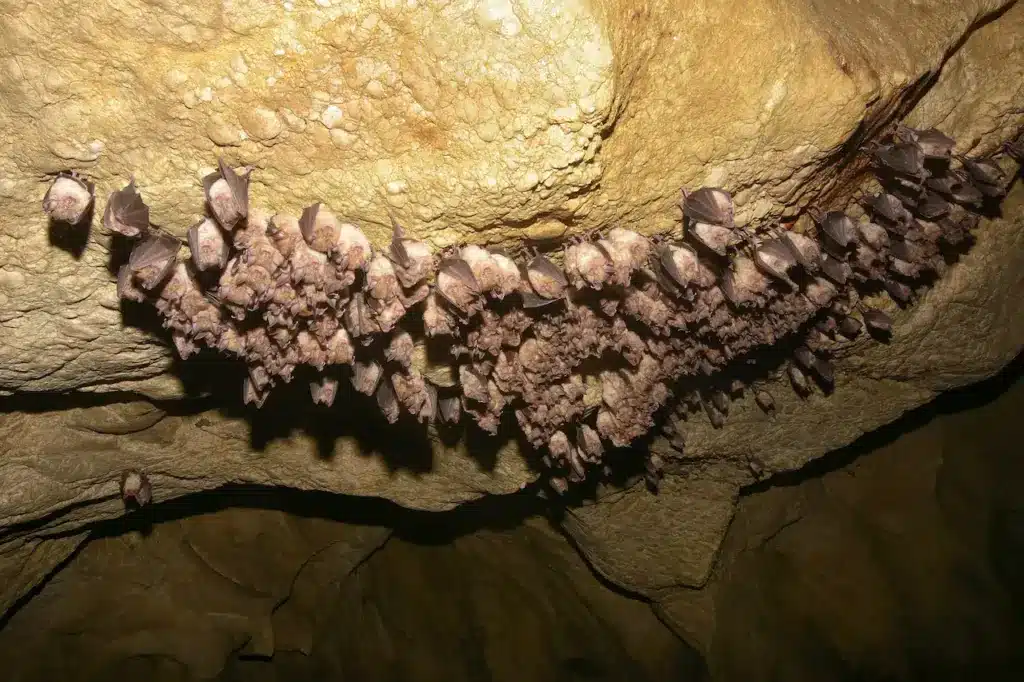
Indicator Species
Many predatory animals are nocturnal. Their presence or absence can determine the health of an entire ecosystem. These species often react strongly to environmental changes. These variations can be caused by pollution in their habitats and climate changes, which may cause a steady decline in the population.
By studying night-time hunter populations, ecologists and researchers can learn more about their health and habits. Researchers can determine the overall state of an ecosystem, allowing them to take action to address any threats or imbalances. The information will be used to determine the best way to conserve and improve these environments over time.
The conclusion of the article is:
Nocturnal predators play a vital role in the natural ecosystem. These animals have many adaptations to enable them to live in darkness. These animals, whether they are silently prowling through the night skies or creeping across the forest floor, perform essential functions in regulating ecosystems and controlling prey populations.
Human activities continue to impact wildlife, causing nocturnal prey species to be under severe threat of extinction. They also pose a health risk to their habitats. Understanding how these hunters have adapted to their environment primarily, we can then develop conservation strategies that will protect them for many years.
